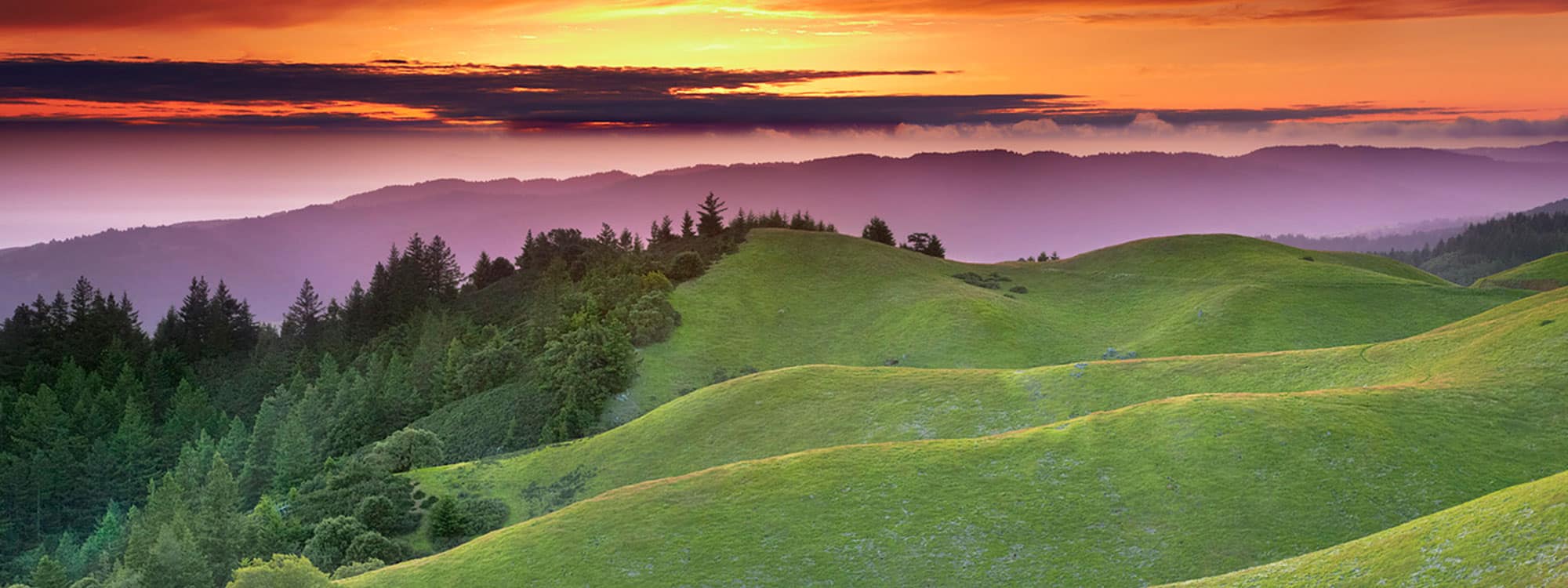With so much innovative technology and trailblazing research, the Bay Area is drowning in data. But a dataset is only as good as its interpretation.
Greenbelt Alliance has worked collectively with The Nature Conservancy, Bay Area Open Space Council, American Farmland Trust, and GreenInfo Network to harness data to help practitioners make better land-use decisions that incorporate natural and agricultural values. After over two years of collaboration and endless iteration with experts and practitioners, the Bay Area Greenprint tool is now available online!
The Greenprint brings together dozens of types of information on all nine Bay Area counties organized into layered maps, such as key riparian corridors and agricultural lands, and presents it in an easily-navigable online interface called a web map. As well as being a consolidated data resource, it is also a framework for interpretation. It provides planners, conservation practitioners, and community members with a way to sort through the mountains of information available and gives a more complete understanding of the costs and benefits of decisions made around open space, agricultural lands, and development.
While greenprint tools have been springing up all over the country to help practitioners and planners make data-driven conservation decisions, the Bay Area Greenprint incorporates information from many sources, including our recently released signature report At Risk: The Bay Area Greenbelt. Viewing and interacting with the information under a single platform can begin to tell the user a comprehensive story of what’s there (for example wetlands or regional trails), the climate change risk or development pressure it faces, what policies are in place to protect the land, and conversely, what policies are missing.
This makes the Greenprint a powerful tool for advocates and planners, helping them define their strategies and priorities. And in support of the open and democratic exchange of ideas, it is available for free to anyone who would like to use it.
While Greenbelt Alliance and its partners see this tool as a game-changer for practitioners, it is limited. It doesn’t have “the answer” of what exact land to protect but provides guidance based on the user’s own priorities. Land trusts can use the tool to find at risk rangeland, while transportation planners can ensure that new construction maintains important habitat connectivity. The Greenprint recognizes the complexity of these decisions and is flexible enough to be useful to planners, decisions-makers, and curious residents at any scale.
Check out the tool for yourself at BayAreaGreenprint.org, and then let us know how we can make it better by clicking on the “Send us feedback” button at the bottom of the page.
Photo: Patrick Smith via Flickr




